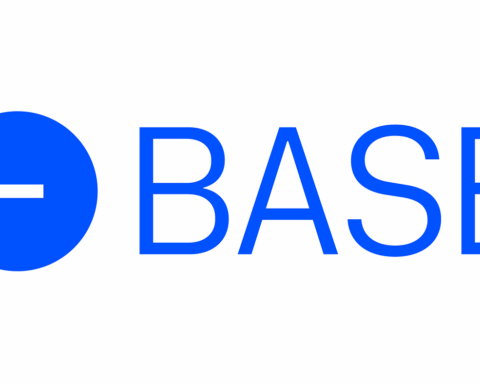Bitcoin’s price has remained below its 2023 high, indicating that the $44,000 resistance level has proven stronger than initially anticipated by investors.
Despite trading below $42,000, there is still potential for Bitcoin to reach $50,000 and beyond. In fact, signs suggest that this may be more likely than not.
A closer look at Bitcoin derivatives metrics reveals that traders have remained optimistic, even after a 6.9% drop.
However, the question remains: is this optimism justified for further gains?
On December 11, a significant $127 million liquidation of leveraged long Bitcoin futures occurred.
While this may seem substantial, it accounts for less than 1% of the total open interest, which encompasses the value of all outstanding contracts. Nevertheless, this liquidation triggered a 7% correction in less than 20 minutes.
Some argue that derivatives markets played a key role in this negative price movement, but it’s important to note that Bitcoin’s price rebounded by 4.2% in the following six trading hours after hitting a low of $40,200 on December 11.
This suggests that the impact of forceful liquidation orders had dissipated, disproving the idea of a crash solely driven by futures markets.
To assess whether Bitcoin whales and market makers remain bullish, traders can analyze the Bitcoin futures premium, also known as the basis rate.
In stable markets, these contracts typically trade at a premium of 5% to 10% due to their extended settlement period.
READ MORE: Solana’s Bonk (BONK) Emerges as Third-Largest Memecoin, Surpassing Pepe in Market Cap Surge
Data shows that despite the 9% intraday price drop on December 11, the BTC futures premium remained above the 10% neutral-to-bullish threshold throughout.
This indicates that there was no significant excess demand for shorts, as the metric did not drop into the neutral 5% to 10% range.
Examining options markets is another way to gauge investor sentiment. The 25% delta skew is a useful indicator that reflects whether arbitrage desks and market makers are charging excessively for upside or downside protection.
The BTC options skew has remained neutral since December 5, signaling balanced costs for both call and put options, showing resilience even after the 6.1% correction since December 10.
Furthermore, data on perpetual contracts, which include an embedded rate recalculated every eight hours, reveals a modest increase in the positive funding rate between December 8 and December 10.
This suggests increased demand for leverage among long positions, but the increase is not significant enough to burden most traders.
Overall, the recent rally to $44,700 and subsequent correction to $41,300 appear to have been primarily driven by the spot market.
This development reduces the likelihood of cascading liquidations due to excessive optimism related to the expectation of a spot exchange-traded fund (ETF) approval.
In summary, Bitcoin bulls can take comfort in the fact that derivatives metrics indicate that positive momentum has not waned despite the price correction.
Discover the Crypto Intelligence Blockchain Council




